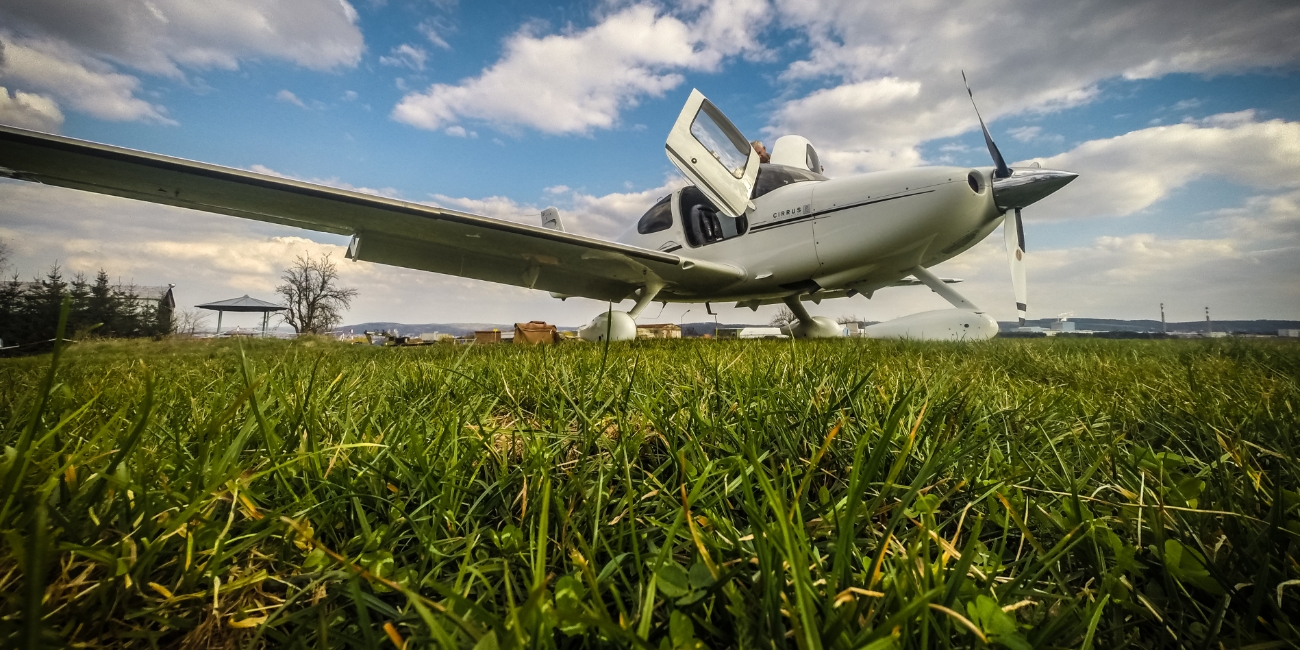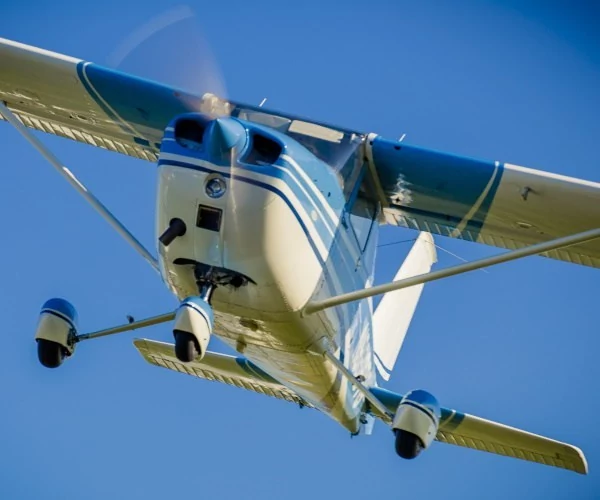General aviation has grown massively throughout the decades, and that is thanks largely to the advancement and production of high-performance piston aircraft. Not only have high-performance aircraft accelerated the ability to train pilots, but they have also provided the general public with the opportunity to own and fly highly capable and advanced airplanes.
Here is a breakdown of what defines a high-performance aircraft, along with our top five picks for those looking for an airplane with cross-country capabilities.
What is a high-performance piston aircraft?
The technical industry definition of “high-performance” has not always been the same.
Prior to 1997, the FAA required a high-performance endorsement in order for an individual to act as a pilot in an aircraft with more than 200 horsepower or that had retractable landing gear, cowl flaps, and a controllable propeller.
In 1997, the FAA slightly changed the definition of high-performance to apply to any airplane with an engine of more than 200 horsepower. The previous remaining criteria – the retractable gear, cowl flaps, and controllable pitch propeller – were now separate criteria for a class known as complex aircraft.
This change ruled out several aircraft that had previously been considered high-performance and had a significant impact on the training industry, forcing many flight schools to add new aircraft to their fleet in order to provide high-performance training.
Now, let’s take a look at our top five high-performance aircraft of all-time.
1. Beechcraft Bonanza/Debonair
Years produced: 1947-present
Number produced: 17,000+
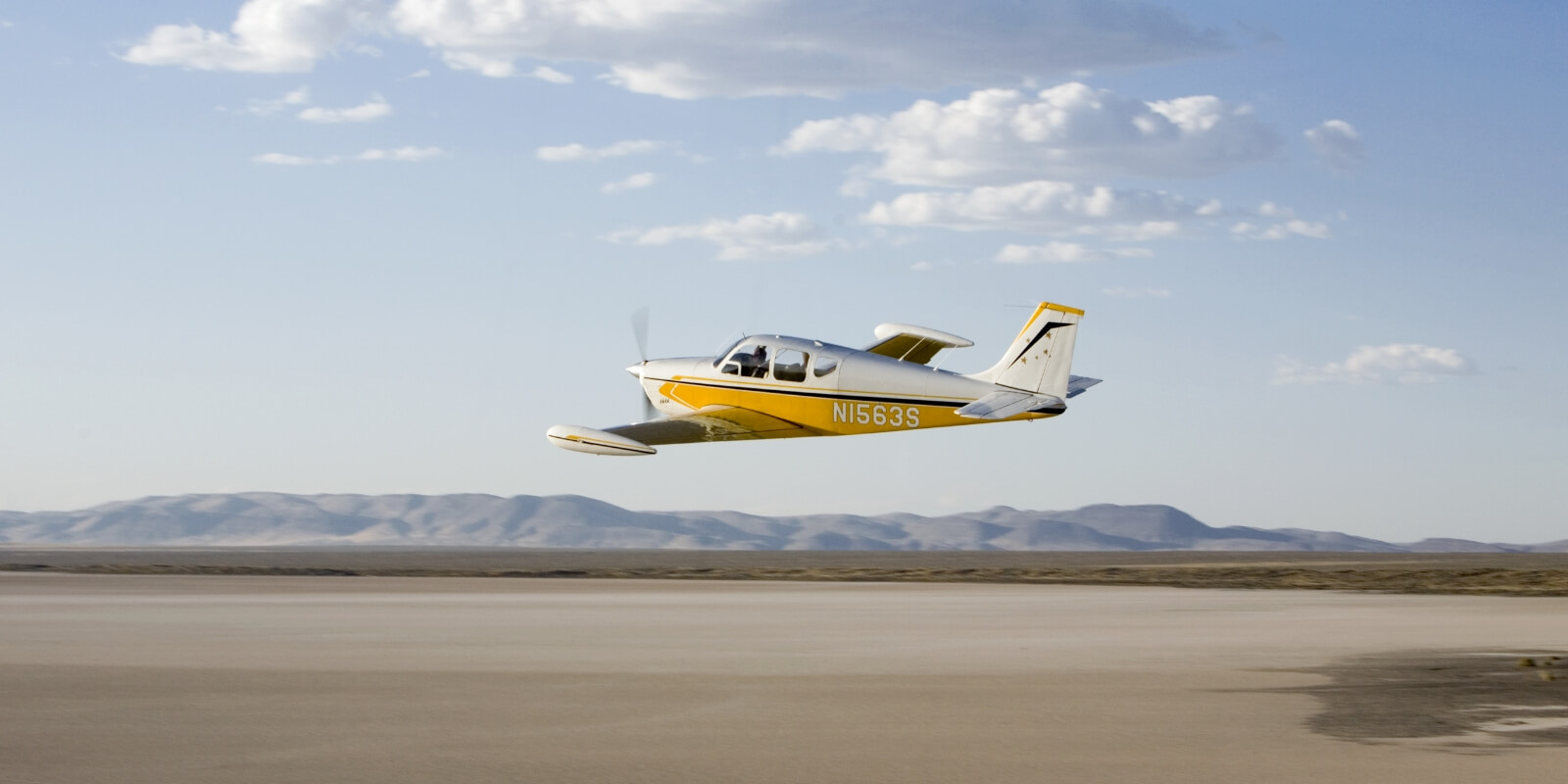
Since its introduction in 1947, the Beechcraft Bonanza has risen to become one of the most storied planes of our time, having now been in continuous production for longer than any other aircraft in history. Early conventional-tail versions of the Bonanza were marketed as the Debonair.
Near the end of World War II, the 35 Bonanza emerged as an all-metal light aircraft that was more akin to the fighters developed during the war than it was to most alternatives. The 35 featured a more manageable six-cylinder engine, streamlined shape, retractable tricycle undercarriage, and a low-wing design. Its development as an all-metal aircraft was also noteworthy because most light aircraft were still made of wood and fabric at the time.
The 33 Debonair and 36 Bonanza were later created in 1960 and 1968, respectively, with the 33 serving as a lower-priced and less luxurious model while the 36 was simply a stretched version of the 33.
2. Cirrus SR22/SR22T
Years produced: 2001-present
Number produced: 6,100+
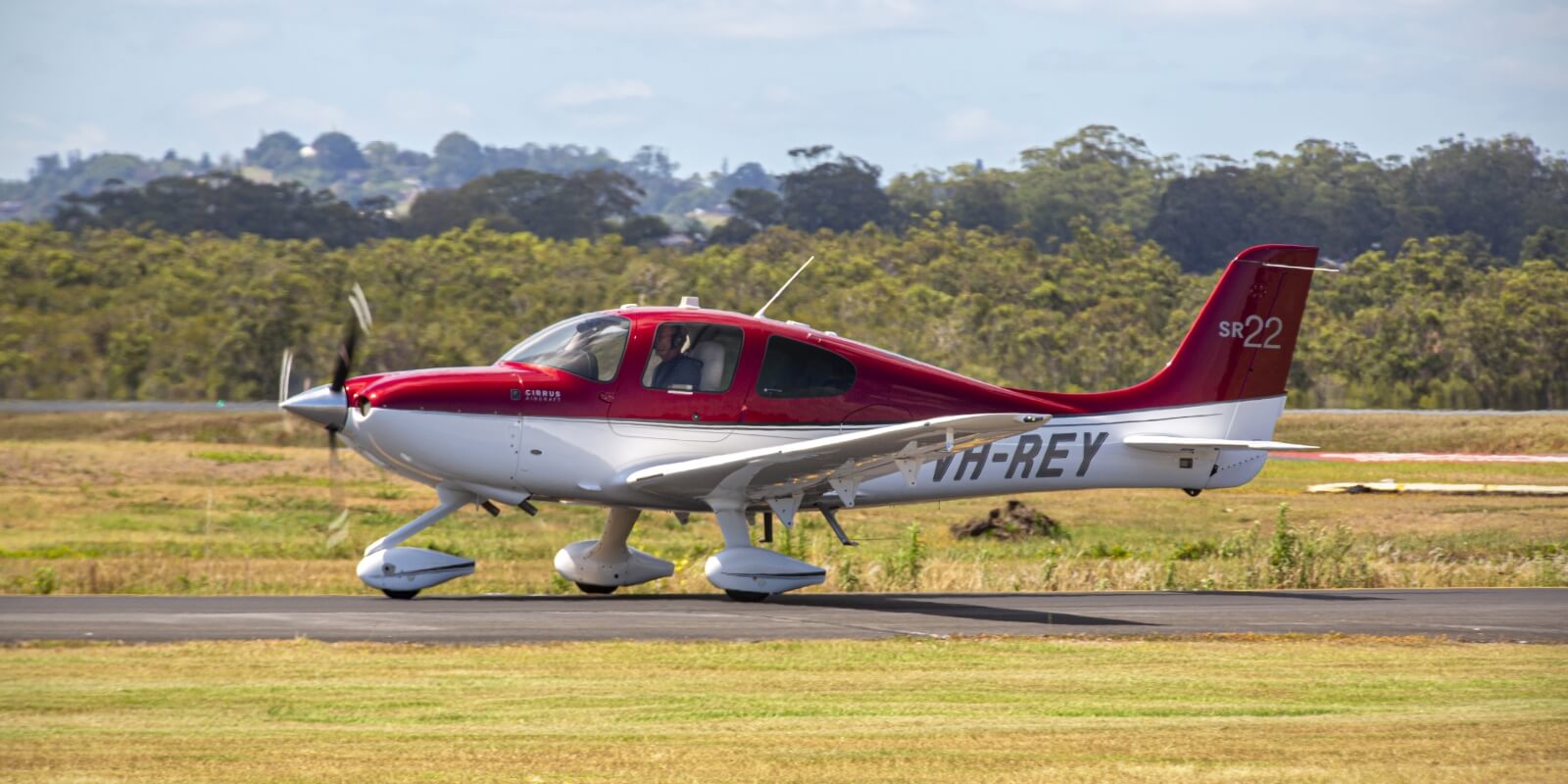
The Cirrus SR22 is a single-engine, four- or five-seat composite aircraft that was a development of the SR20 with a larger wing, an increased fuel capacity, and a more powerful engine. The SR22 has been a wildly popular aircraft for years, having been the world’s best-selling general aviation plane every year since 2003 – only two years after its initial launch.
The SR22 is also the most-produced GA aircraft made from composite material, accounting for over 30% of the entire piston aircraft market. It makes use of the Cirrus Airframe Parachute System (CAPS) – Cirrus’s innovative whole-plane emergency recovery parachute system that earned it the nickname “the plane with the parachute.”
The Cirrus SR22T was introduced in 2010 with a turbocharged Continental TSIO-550K engine producing 315 horsepower. It also operates with a decreased useful load and a reduced range, making it higher-performance in short range but less useful for transporting larger loads over greater distances.
3. Cessna 210
Years produced: 1957-1986
Number produced: 9,240
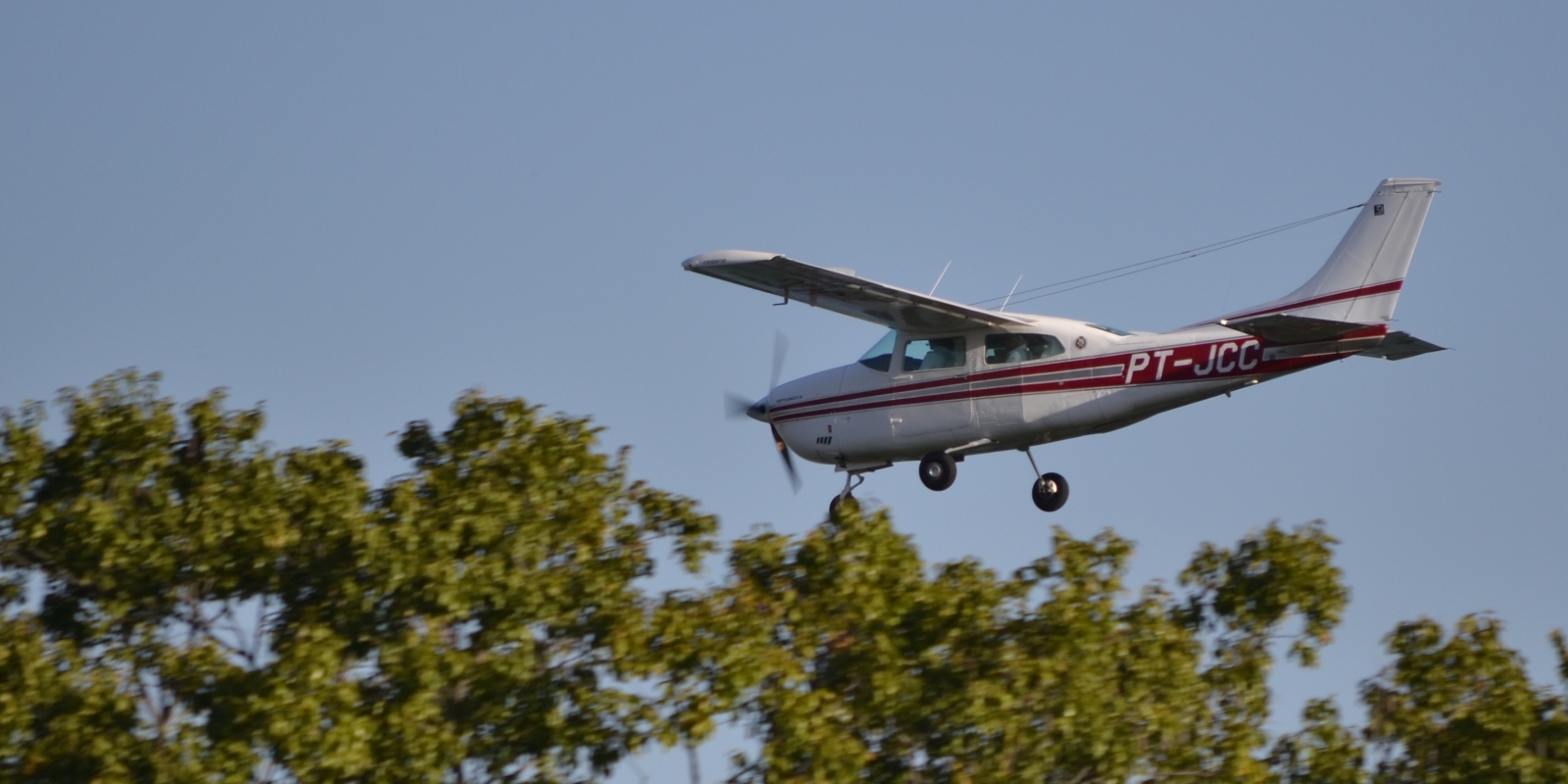
The Cessna 210 – also known as the Centurion – is noted for being Cessna’s first single-engine aircraft with retractable landing gear at the time of its release. It differs from the other aircraft on this list in that it is a high-wing aircraft that has gained popularity for its ability to transport significant loads at high speeds.
The early version of the 210 had four seats and was basically a Cessna 182 airframe fitted with retractable landing gear and a Continental IO-470 engine. The fuselage and wing were completely redesigned in 1961, with the former made wider and deeper to go with the addition of a third side window.
The Cessna 210 was manufactured in 26 model variants over almost 30 years of production, making it suitable for a wide range of budgets and maintenance needs.
4. Piper PA-32R
Years produced: 1975-2009
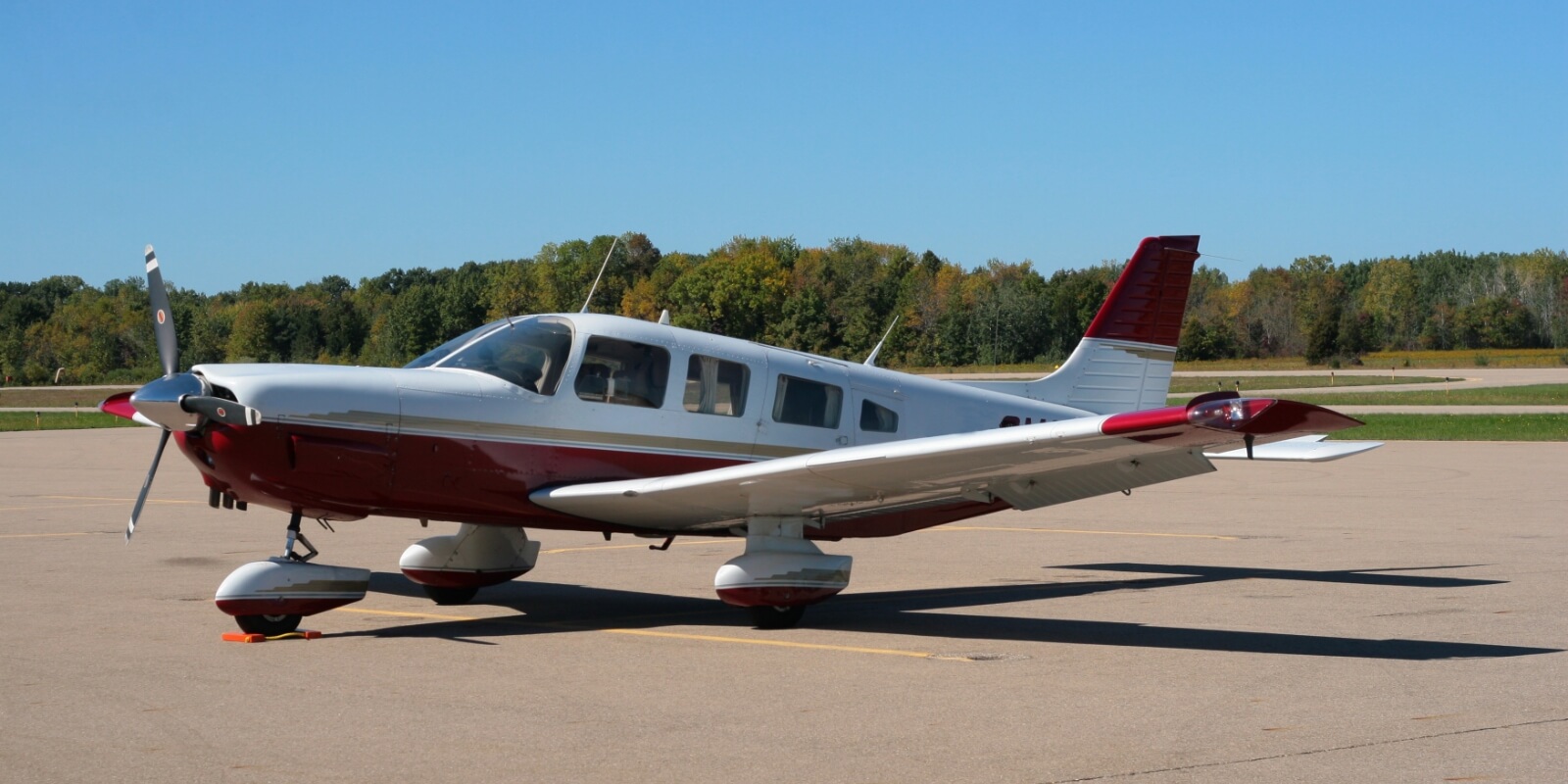
The Piper PA-32R is a six-seat high-performance single-engine aircraft with a rather unusual origin.
In the early-1970s, Piper suffered a significant setback when a flood destroyed much of its Pennsylvania plant, resulting in the loss of the tooling for the highly popular but also highly labor-intensive Comanche.
Rather than focusing on resurrecting the Comanche, Piper decided to abandon it in favor of a new retractable derived from the fixed-gear PA-32 Cherokee Six. The design was initially known as the Piper Lance, with later models becoming known as the Piper Saratoga. The primary difference between the two was the development of the tapered wing on the Saratoga, which differed from the “Hershey bar” wing design of the Lance.
5. Twin Cessna 300/400 Series
Years produced: 1954-1986
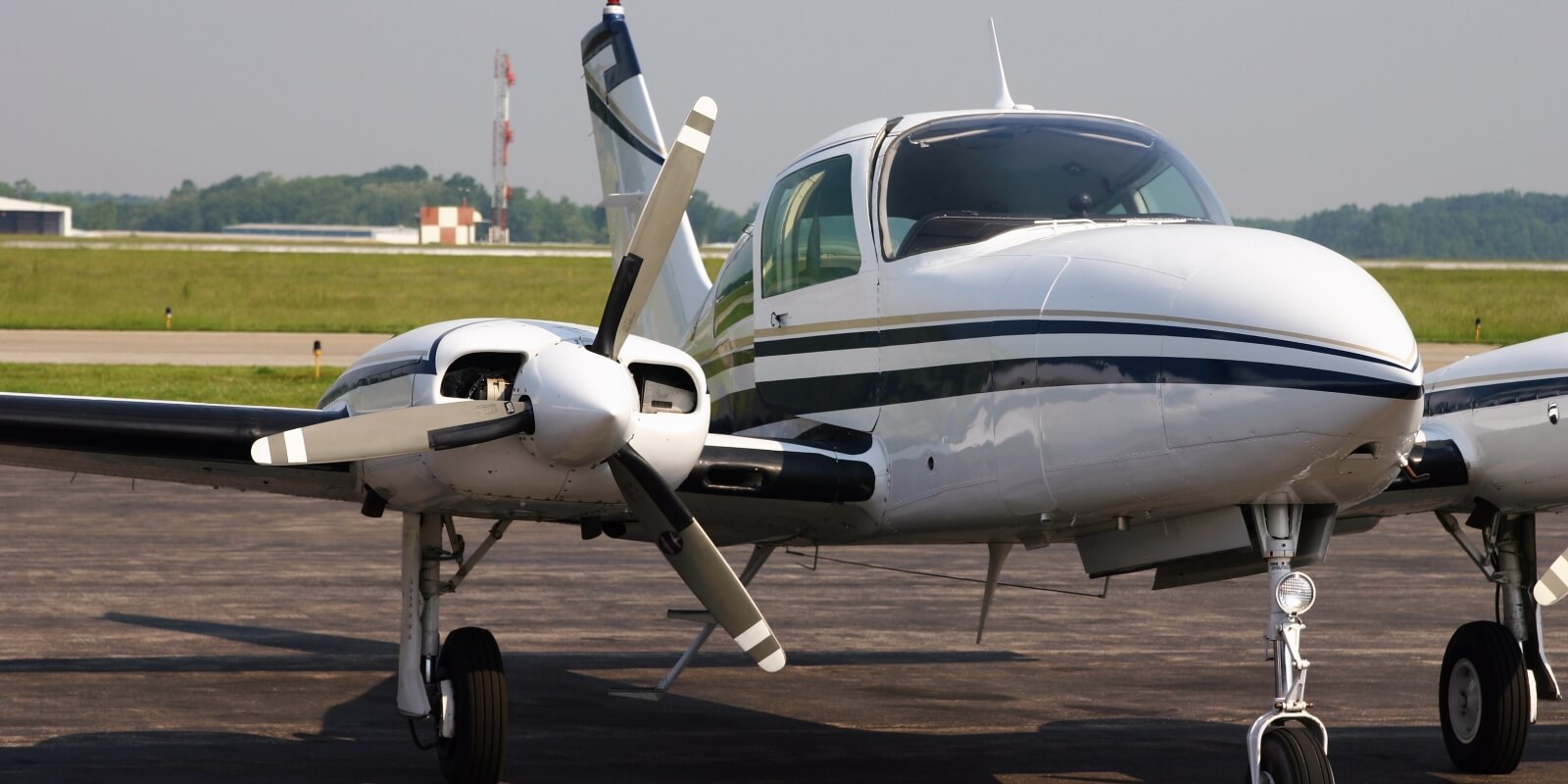
The Twin Cessna 300 and 400 series are a group of different twin-engine aircraft, all of which utilize a low-wing design and many of which are slight variations of one another.
The Cessna 310 was the first on the scene, breaking new ground in general aviation when the concept initially surfaced in 1953. It was the first twin-engine aircraft Cessna put into production after World War II, remaining in production for nearly 30 years and a total of 6,000 units.
The Cessna 400 series aircraft were characterized by larger cabins, often having six to ten seats to more comfortably accommodate larger groups or increased cargo. Despite not having been produced since the late-‘80s, the 300 and 400 series aircraft are still among the most popular and widely used in the industry today.
Keep your fleet in the air with Nicrocraft
Nicrocraft provides flight schools, FBOs, distributors, and aircraft owners with the highest-quality and most durable aircraft exhaust parts in the industry, simply designed to perform better for longer. We are a leading FAA-certified supplier of exhaust parts for Cessna, Cirrus, Piper, Beechcraft, and more.
Contact us or request a quote today for the best way off the ground with the only aircraft exhaust parts built to take the heat.

